Rob Ross – Coalescent Light
Posted on March 7, 2023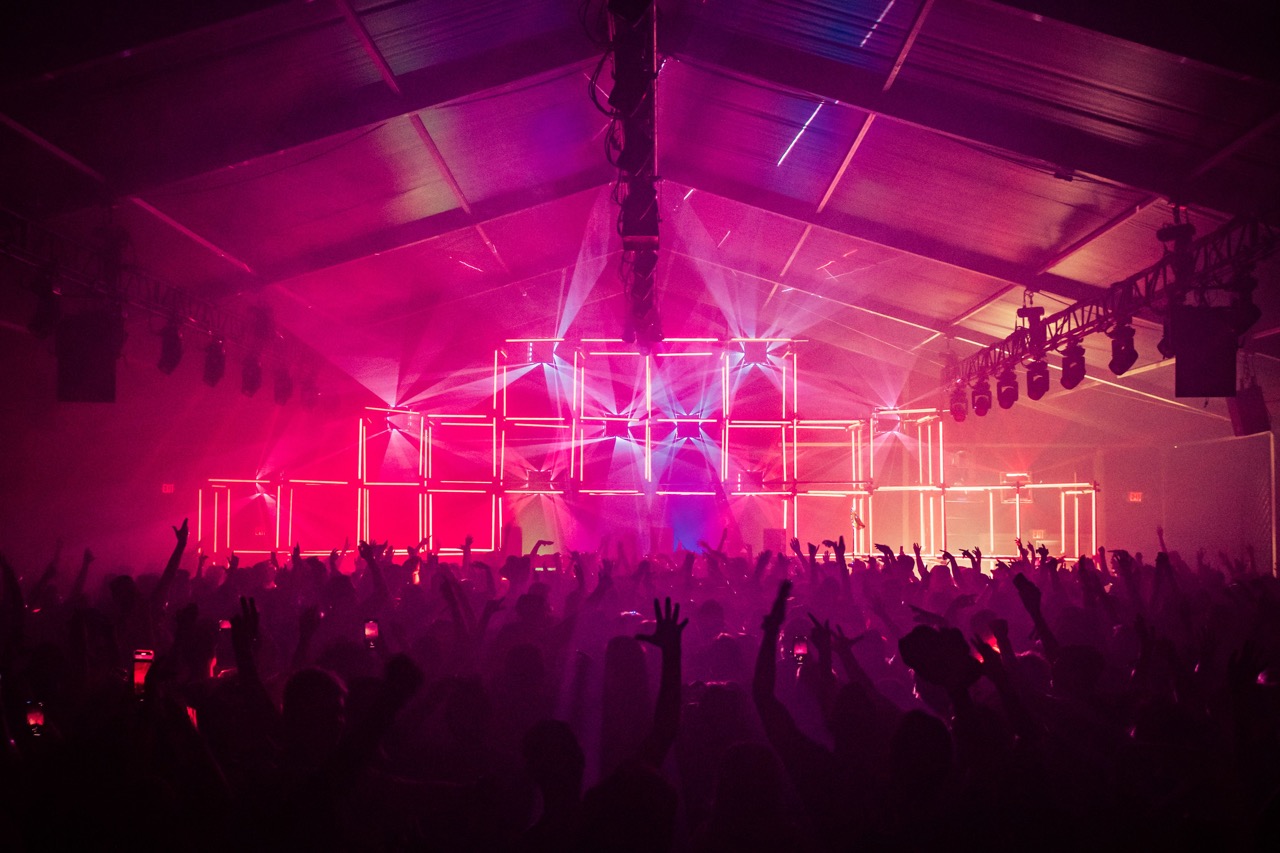 “There is only one genre in fiction” the prolific English author Matt Haig once quipped, “the genre is called book.” Rob Ross is known for working magic with lighting fixtures rather than words, but this literary observation accurately describes the broad, all-embracing path that the New York-based designer has followed throughout his impressive career.
“There is only one genre in fiction” the prolific English author Matt Haig once quipped, “the genre is called book.” Rob Ross is known for working magic with lighting fixtures rather than words, but this literary observation accurately describes the broad, all-embracing path that the New York-based designer has followed throughout his impressive career.
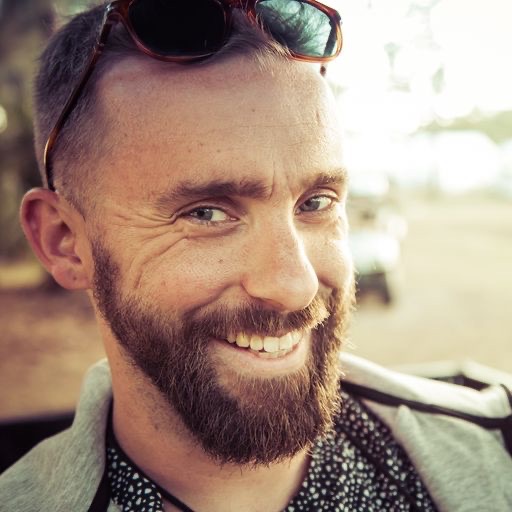 Exhibiting a Renaissance-like breadth of creative interests, Ross and his closely-knit team at Studio RRD, have been responsible for an expansive range of notable projects in recent years.
Exhibiting a Renaissance-like breadth of creative interests, Ross and his closely-knit team at Studio RRD, have been responsible for an expansive range of notable projects in recent years.
A “Cyber Rodeo” to celebrate the opening of Tesla’s Gigafactory in Austin… a Versace Fashion Show in Los Angeles… the “Life is Beautiful” interactive light art show in Las Vegas… a San Francisco festival featuring Claude Van Stroke… these and many other projects, however different, have all have been enhanced by their inspired work.
It is not merely the diversity of Ross’ efforts that stands out, even though that would be impressive enough in its own right; it is more the way each design, regardless of how different it may appear on the surface, represents a coalescence of all the creative insights that have led up to it. Drawing on a deep wellspring of experience, he absorbs the features of each venue at the start of the design process, and is inspired by the mysterious, hard-to-define connections between space, shapes and colors. In the process, he infuses every project with the design DNA of its predecessors.
There are no “genres” when creativity follows such a course. Instead, there is only one type of final result: a design with the power to move. Speaking to us from his New York office, Ross shared insights into the power of coalescent design.
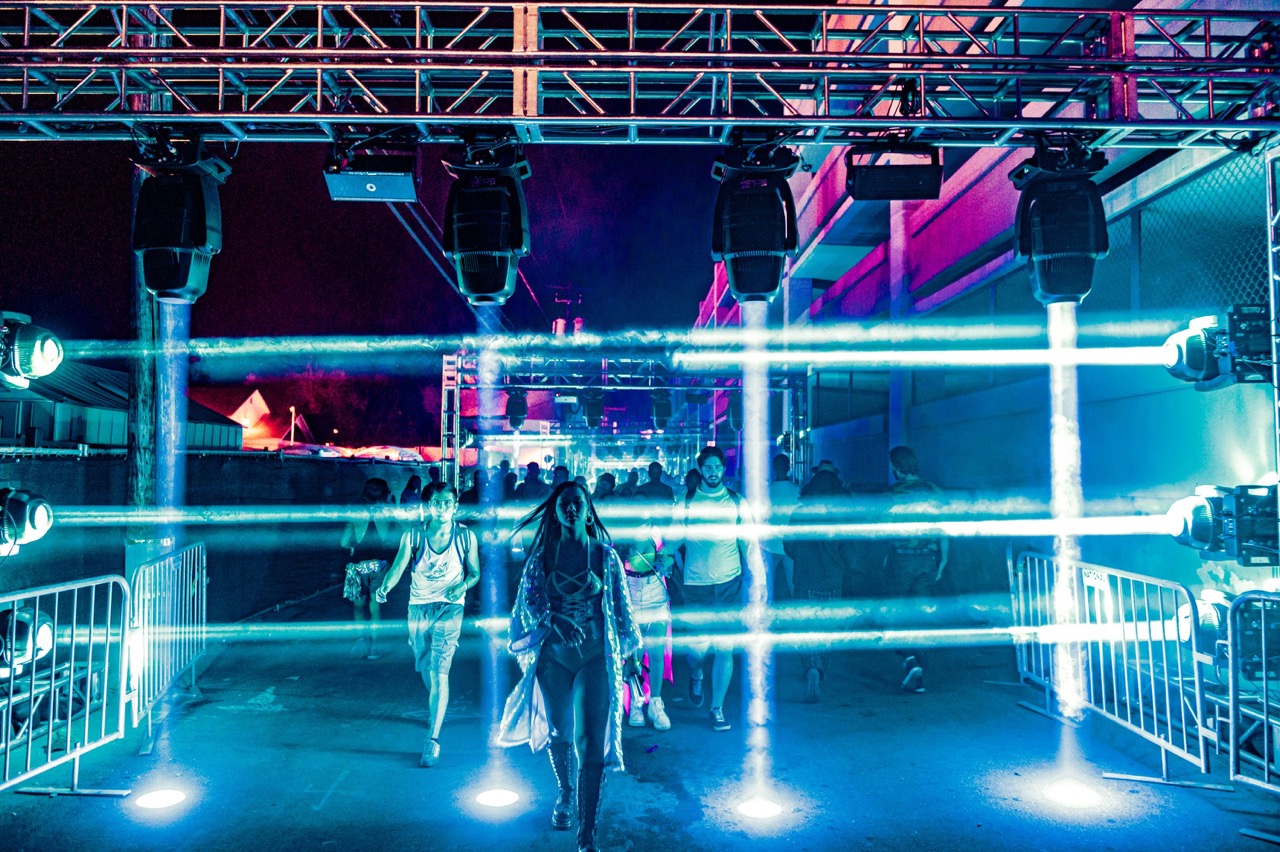
We were impressed the production and lighting design work you did for the Soma Tent at the Outside Lands Festival, which featured deep house music from artists like Claude Van Stroke. That’s quite different from some of your corporate event projects and fashion shows. How do you get into a different creative space for different projects, given that you do such a wide range of them?
“Transitioning between creative spaces feels very natural to me. That’s perhaps why I ended up working with, and in, so many different realms. I find it refreshing to pop out of one creative mindset and into a completely different one; and then it’s not long before I’m immersed in the next one!
“The crossover between these spaces is perhaps what is most intriguing to me. When our team takes a concept or idea that is typically restricted to one genre and seamlessly brings it to life in another, it creates an intersection of creative worlds. It’s at that intersection where some of our most innovative work is done.
“Overall, something that I pride myself and my studio in is that our team is built from a wide variety of backgrounds, such as theater, dance, music and architecture. These different work and life experiences are naturally threaded into our work and bring unique perspectives to every client and project.”
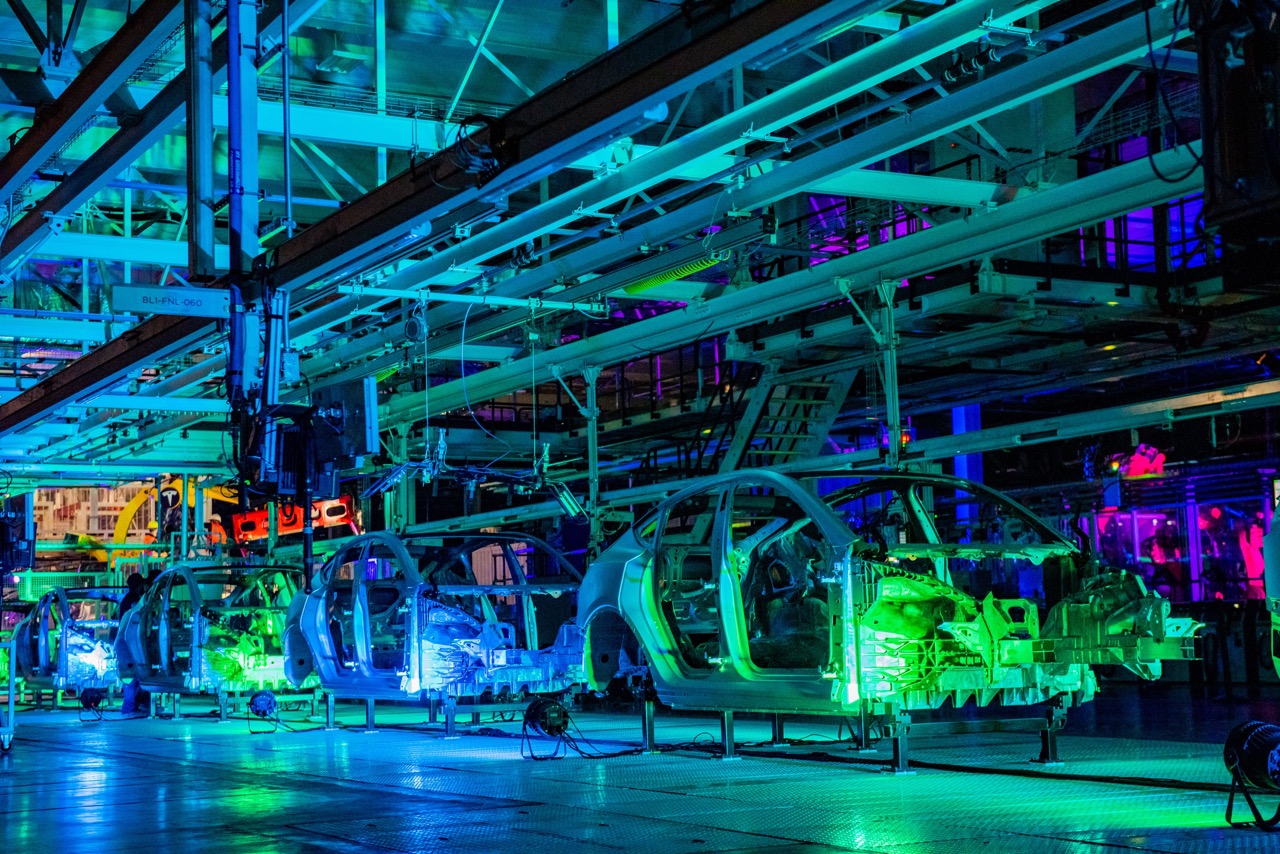
Speaking of your diverse experience, you and your team have created stunning designs in a wide variety of settings from abandoned warehouses, to the upper decks of skyscrapers to the inside of a 10 million square foot Tesla plant. When you start to think about lighting a project inside at a site, what are the first things you look at?
“The scale and structure of the space are aspects I try to experience firsthand as early on in a project as it will allow. That first site visit is so important, this is where so much of my creative motivation comes from. Being physically in a space, my mind starts to ideate, I can almost feel the colors and movements in the light and space.”
Of all the sites you’ve worked at, do you have a favorite?
“No favorites! What I love about my work is that every project and space have their own special elements. Our team is able to creatively play off of each to build our client’s vision. Some recent highlights include the Austin Tesla Gigafactory which was a massive scale space and really exciting to work in. There’s nothing quite like running an effect on 400 tubes down 14 city blocks. But then I think about the Outside Lands you referenced, which takes place in Golden Gate Park in San Francisco and I remember the smell of the gorgeous Eucalyptus trees — that take light oh so well by the way! I have years of memories working on that festival. Every space really does have something special!”
For the Tesla Cyber Rodeo, you accented 25 unpainted Tesla vehicle bodies with different colors and patterns to reflect the music during a 10-minute show that was part of the plant’s official opening. Can you give us some insights into how you matched colors to music. Do different musical passages evoke different colors in your imagination?
“For me, I really like to feel color in a space. Seeing how different materials react to different colors can significantly influence my color choices for a show. I try not to come to the space with pre-conceived notions about colors.
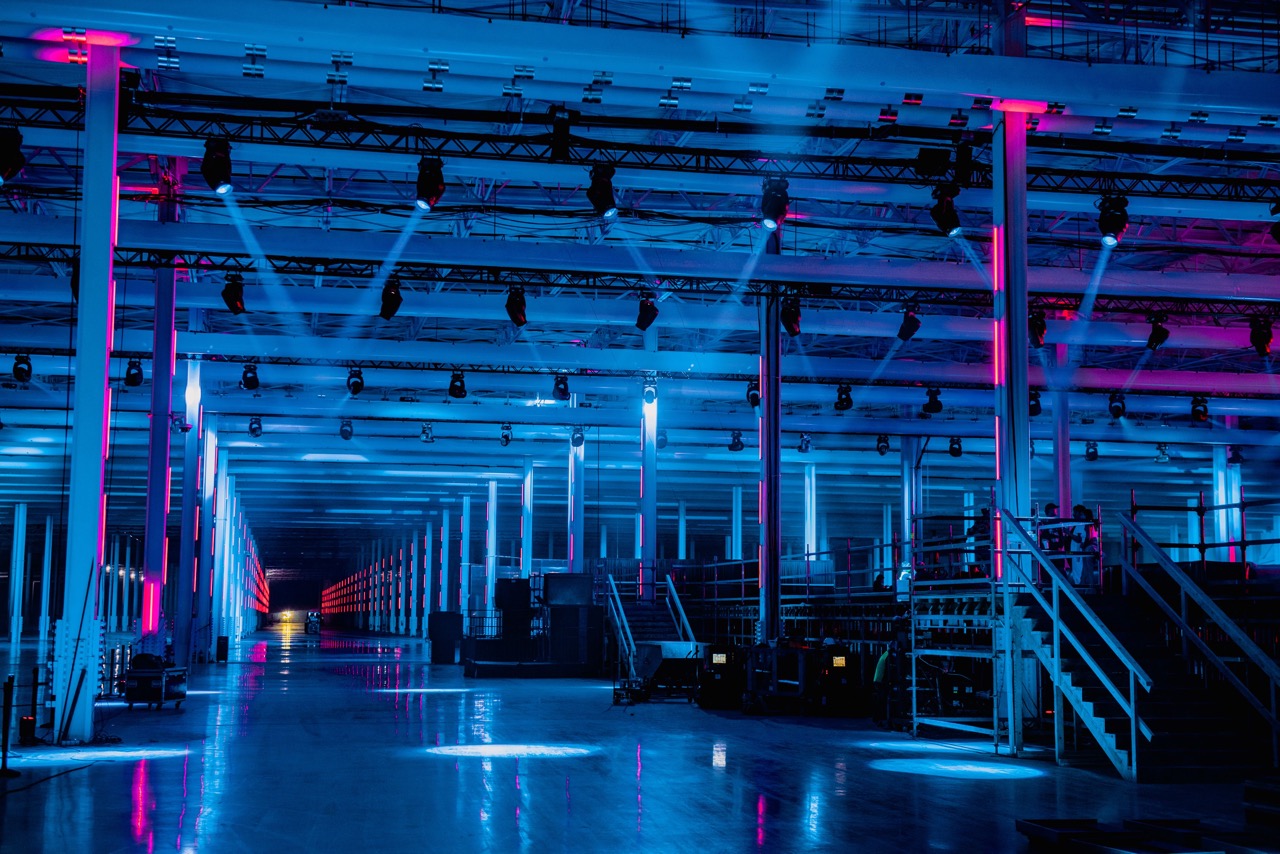
“On the subject of letting the space suggest the colors, we recently had the great fortune of lighting up the Opus 40 sculpture in upstate New York, during the fall leaf peeping season. I found myself surprised by how well the Bluestone of the sculpture and the bright red leaves of the surrounding Oaks took colored light.”
You received a lot of good creative input from the Tesla team for Cyber Rodeo. What’s the key to good collaboration with clients? How do you handle it when clients have ideas that you may not think are the best?
“Collaborating with clients is one of my favorite parts of the job! We have some of the best clients in the world and they come to the table with such amazing ideas. If the client has an idea that I don’t necessarily agree with, the really important thing is to get to the core of where that idea is coming from, and see if we can approach it from another angle that we think will work better. This may be as simple as a color choice, or it may involve the basis of the entire concept. In either case, there is always a reason the client landed where they did, and that needs to be considered!”
You and your team have utilized quite a bit of the latest technology in your projects. Does new technology give you new ideas for designs, or is it a matter of technology allowing you to realize creative ideas that were already in your head?
“The real answer is a combination of both! For instance, the amazing advancements in LED technology, and IP ratings over the last few years has really allowed us take some large-scale projects to the next level, specifically in regards to music festivals. On the other hand, the introduction of products has given us some ideas we never would have imagined possible.”
We’ve been very impressed by the way you incorporate geometric patterns into you designs. We’re thinking specifically of your Harper’s Bazaar Icon Party with the triangle over the stage and for Kaskade Redux. Why do you make geometric forms a part of many of your designs?
“I really enjoy geometric forms, it pleases my brain, and gives us a great canvas to work from. When it is right for the project, a physical geometric lighting element can add a lot of intrigue and depth to a space.”
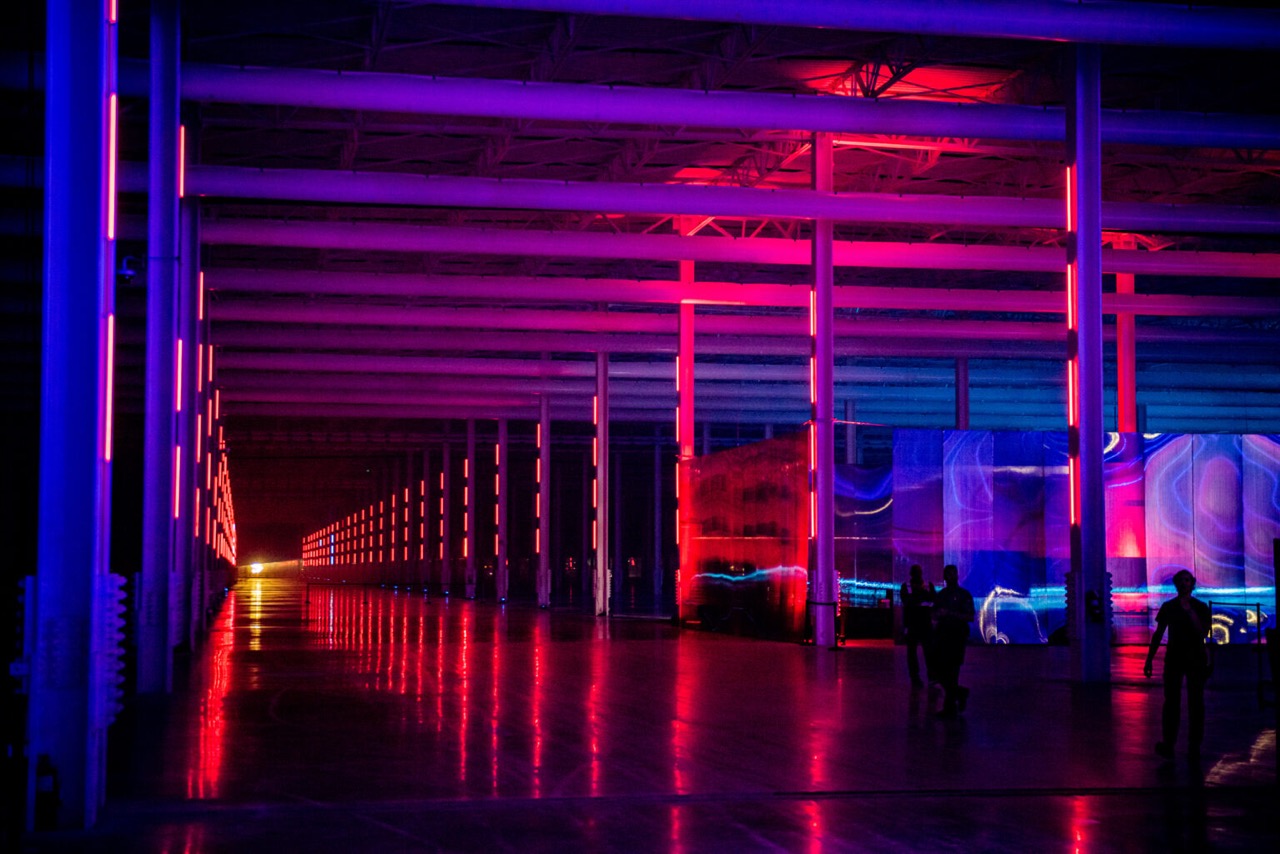
Although make effective use of color, you also aren’t afraid of the dark, as you’ve created memorable event looks using mainly white light and a lot of shadows. What are the risks and rewards of eschewing bold colors and embracing shadows in an event design?
“When used correctly, bold colors and shadows are integral to a strong stage picture, I’m not afraid of either and I implore my clients not to be either. Don’t get me wrong, it’s important to be sure you’re on the same page with your client before pushing far in one direction, but creating a space with bold color choices, or strong shadows can be extremely pleasing to the eye, as well as the brain when in interprets that information.”
You graduated from the University of North Carolina School of Arts. Were you planning on being a lighting designer when you studied there?
“Ever since high school I had planned to be a Broadway lighting designer, moving to New York I worked on several Broadway shows under some extremely talented lighting designers like David Weiner, Ben Stanton, and Jeff Croiter. After a few years in New York, I realized I enjoyed the high pace energy of events, festivals, and fashion shows. I actually have thrived on switching between genres.”
A lot of touring LDs tell us they strive to tell a story with their lighting. Theatre designer say they strive to advance the narrative element of a show. Is there a story-telling element to event design as well?
“There is one-hundred percent a story telling element to event design. Whether you’re complimenting the narrative a fashion designer is portraying with clothing, or a brand is telling about a product, there is always a story, and this is an integral part of the lighting designs we create.”
James Joyce once said that “writing is never finished, it’s abandoned.” Is there a similar principle involved in lighting design? How do you know when a project is finished?
“For me, the product is finished when the audience walks into a space. I could, of course, tweak and perfect any of my designs forever, but the beauty of live events is that at some point, you have to put the paintbrush down.
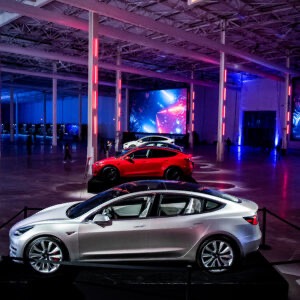 “Along with that, our lighting designs never last forever. Sometimes 15 minutes, in the case of a fashion show; sometimes a weekend, if it’s a music festival; and sometimes even a year for an installation piece, but it never lasts forever. It’s amazing how much of my time, and brainpower can go into just a 15-minute show. But the energy that comes after a show like that makes it all worth it and gets me ready for the next one.”
“Along with that, our lighting designs never last forever. Sometimes 15 minutes, in the case of a fashion show; sometimes a weekend, if it’s a music festival; and sometimes even a year for an installation piece, but it never lasts forever. It’s amazing how much of my time, and brainpower can go into just a 15-minute show. But the energy that comes after a show like that makes it all worth it and gets me ready for the next one.”
At the end of the day, how do you judge the success of a project?
“For me, it’s all about the user experience and our contribution to it. This is why it’s important for me to try to go and experience the show as a guest. This may seem obvious, but at a large music festival, it isn’t always easy. It’s important to get out there and take it in our work exactly as the audience would. I always have notes, and things I would have done differently — or will next time — but if we can create a safe and positive experience, I consider the show a success. And also in commercial projects, it we highlighted the product appropriately.”
How would you like to be remembered as a designer?
“I hope that I am remembered as a kind, positive and innovative designer. I try as best as I can to create an inspiring but productive working environment for both my co-workers and our clients. I value our team immeasurably and recognize that this is what we have all chosen to do with so much of our lives. It makes it that much more important that every member of the team has a positive experience creating the work we do